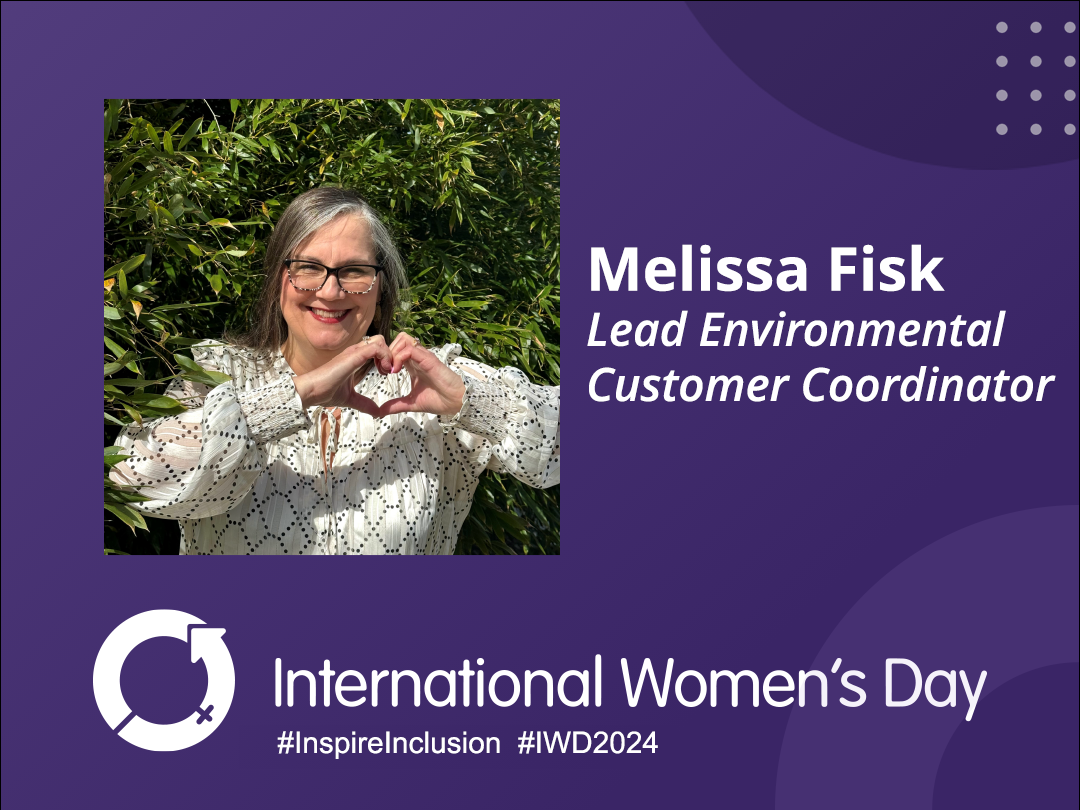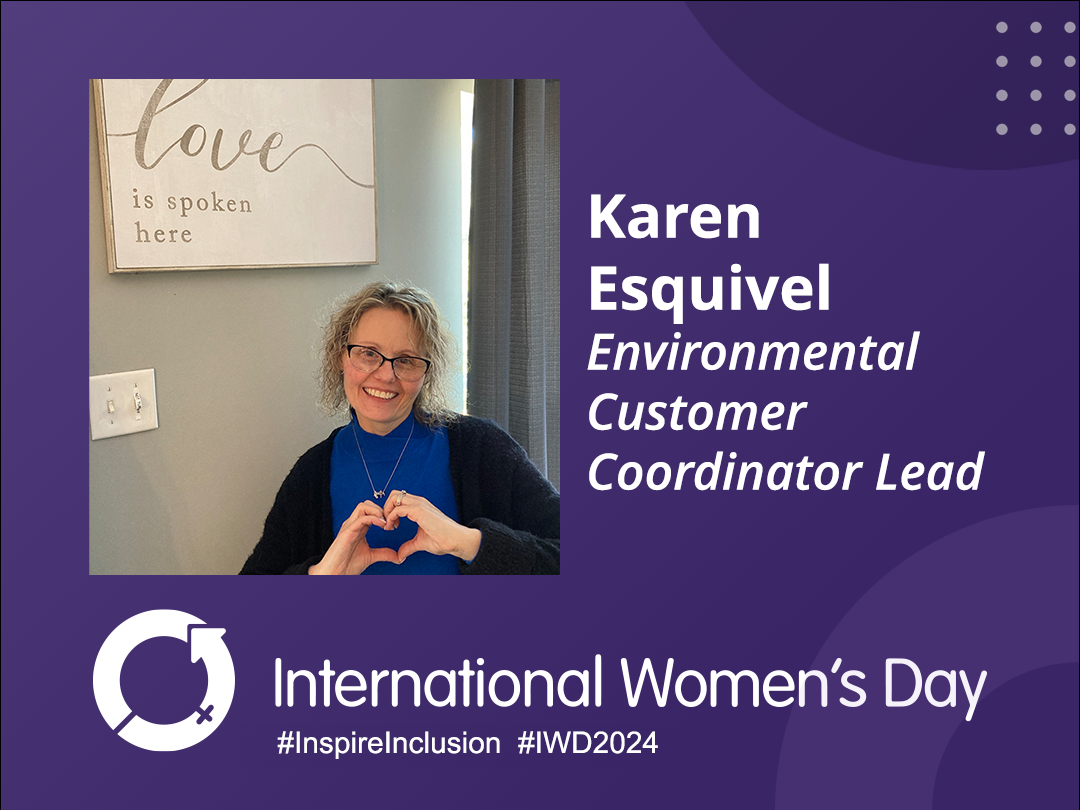
This blog breaks down recycling basics, outlining general topics to think about when evaluating a recycling program or starting to recycle a new material. The “rules” outlined below will fluctuate slightly based on the specific services provided by each contracted recycler.
General Practices
- Education/Vendor Requirements – An essential aspect to a recycling program is a clear understanding of what is recyclable and how a recycler needs to receive the material. This information can be provided by your Heritage PM or the servicing recycler. Not knowing what material is acceptable can derail a recycling program and come with fees.
- Signage –The easiest ways to educate a facility on recycling materials is signage outlining what is acceptable material.
- Toolbox Talks/Meetings – Routine meetings update involved personnel on the success of a recycling program as well as changes in acceptable items and process.
- Purity/Labor – When perusing a program for recycling that will generate a rebate, you should evaluate how to reduce each material down to its purer form as well as what can be done onsite to reduce the amount of handling required by a service provider. Not all facilities have the capability to segregate waste and process it for handling due to operational or financial constraints, however it is important to understand that this will happen somewhere in the process.
-
- Grading – Almost all recyclable material will be given a “grade” based on the type of material, contamination between materials, and other categories which determines the value of the material.
-
- Understanding Capabilities and waste – Facilities vary and having a good understanding of what that material is will help in establishing a successful recycling program. If a small location has limited streams it may not be worth separating the material into separate waste streams at the site because a) you will not see any cost benefit due to low volumes or b) the site may not have the resources required to perform appropriate material segregation. This basic understanding will allow sites to evaluate between two main styles of recycling:
-
- Co-mingled – A ‘turn key’ process for recycling where recyclable materials are collected in a single container and then taken to a recycling facility where the servicing company will sperate and process.
**Co-mingled programs will vary from region to region based on the market ** - Segregated – Almost all material will either a) become more recyclable through onsite segregation or b) see a cost benefit by being segregated onsite. Segregation is best handled at the point of collection by putting in place separate containers for material, such asseparate containers in a cafeteria for trash, plastics, paper, compost, etc. This upfront work by a site can open different avenues for the material.
**Different materials may be accepted in different forms outlined below. This will vary from region to region and again by service provider based on their capabilities. ** - Mail Back Options – There is a trend in the industry to provide a larger variety of options for prepaid recycling boxes that are used to collect material and then mailed to the recycler, best for sites or waste streams with low volumes or storage
- Co-mingled – A ‘turn key’ process for recycling where recyclable materials are collected in a single container and then taken to a recycling facility where the servicing company will sperate and process.
- Ease – While segregating material in pure and easily handled forms is cost efficient, a recycling program must also be implemented in an understandable way for the people involved. This may mean outlining very clearly a complex process for segregation, but it may also mean choosing to outsource that segregation to the supplier via a co-mingled container in which all like materials can be deposited. This is largely dependent on the capabilities of a facility and the commitment of a team
Waste Stream Specific
The below provides rough details on ways to handle several materials from a cost standpoint. Each of these can typically be handled via a co-mingled service as well but should be confirmed with your Heritage PM or service provider.
- Plastic – Plastic when segregated can sometimes be taken “loose”, but from both an efficiency and cost standpoint is better handled after some sort of processing such as baling, compacting, or grinding/shredding/chipping.
- Paper – When segregated white paper is most commonly handled in cubic yard boxes. The way that it lays down on itself allows for efficient handling of the material.
**This does not include secure destruct - Cardboard – Cardboard when segregated and sometimes be taken “loose”, but from both an efficiency and cost standpoint is better handled after some sort of processing which can be done by either baling or compacting
- Universal – Universal waste like all recyclables can be handle in a co-mingled fashion, though it does have additional restrictions. There are certain types of batteries and bulbs for instance that must be handled in certain ways specified by legal entities as well as potential additional requirements by recyclers. As with most recyclables sorting universal waste into individual waste streams will often be more cost effective from a recycling standpoint. Universal waste can also be handled in a mail back kit.
- Electrical – Electrical waste (E-Waste) can be recycled in a co-mingled program, though different suppliers will have restrictions on how material can be received. E-waste can largely be tied to markets due to the recoverable material in the components. Some electronics can yield a rebate and others will not, this is influenced by the amount of resources needed to recover what material is available
- Metals – Metal recycling operates under the same circumstances as other recyclables, meaning that if you put the labor in upfront, you will see a higher return via rebate. The first step to segregating metal by-product is to separate the materials into Ferrous and Non-ferrous materials.
- Ferrous –Ferrous metals can be graded by the composition of the material, which can impact value, but the most common and simple onsite method for segregating would be to pull your production scrap metal from your maintenance or general scrap metal.
- Non-ferrous – The list of categories into which non-ferrous metals can be segregate is large, but should be readily available from any scrap metal vendor. We can say that the focus should be on separating your non-ferrous metals into type (ex. copper, aluminum, brass, etc.). Once bucketed into those categories another good rule would be to separate the material by whether it has contaminated on it (ex. raw copper wire vs. insulated copper wire). Lastly the material will again be graded based on thickness so a thicker gauged wire is more cost beneficial to separate that into like sizes versus combining with a smaller braided wire.
More News From Heritage
-
3/12/24
Equal Pay Day – Spotlighting Our Female Drivers
-
3/8/24
International Women’s Week Spotlight – Shannon Dippel
For International Women's Week, we're spotlighting some of the incredible women in the Heritage family. Our final spotlight is Shannon Dippel.
-
3/8/24
International Women’s Week Spotlight – Susan Adams
For International Women's Week, we're spotlighting some of the incredible women in the Heritage family. Our sixth spotlight is Susan Adams.
-
3/7/24
International Women’s Week Spotlight – Lea Wilson
For International Women's Week, we're spotlighting some of the incredible women in the Heritage family. Our fifth spotlight is Lea Wilson
-
3/7/24
International Women’s Week Spotlight – Melissa Fisk
For International Women's Week, we're spotlighting some of the incredible women in the Heritage family. Our fourth spotlight is Melissa Fisk.
-
3/6/24
International Women’s Week Spotlight – Taylor Harvey
For International Women's Week, we're spotlighting some of the incredible women in the Heritage family. Our third spotlight is Taylor Harvey
-
3/5/24
International Women’s Week Spotlight – Karen Esquivel
For International Women's Week, we're spotlighting some of the incredible women in the Heritage family. Our second spotlight is Karen Esquivel.
-
3/5/24
Heritage Environmental Services Announces HP Nanda as CEO; CEO Jeff Laborsky Transitions to Board of Directors
Heritage Environmental Services (“HES”) announced today that HP Nanda will join the organization as CEO.








